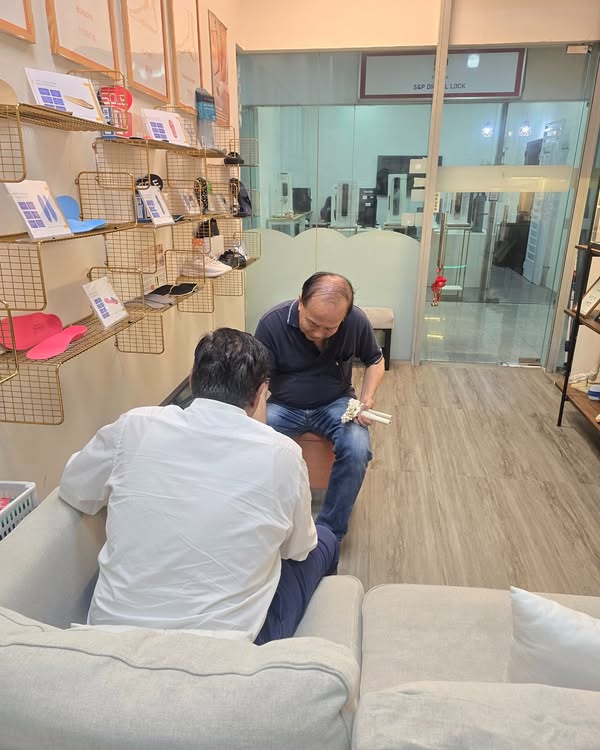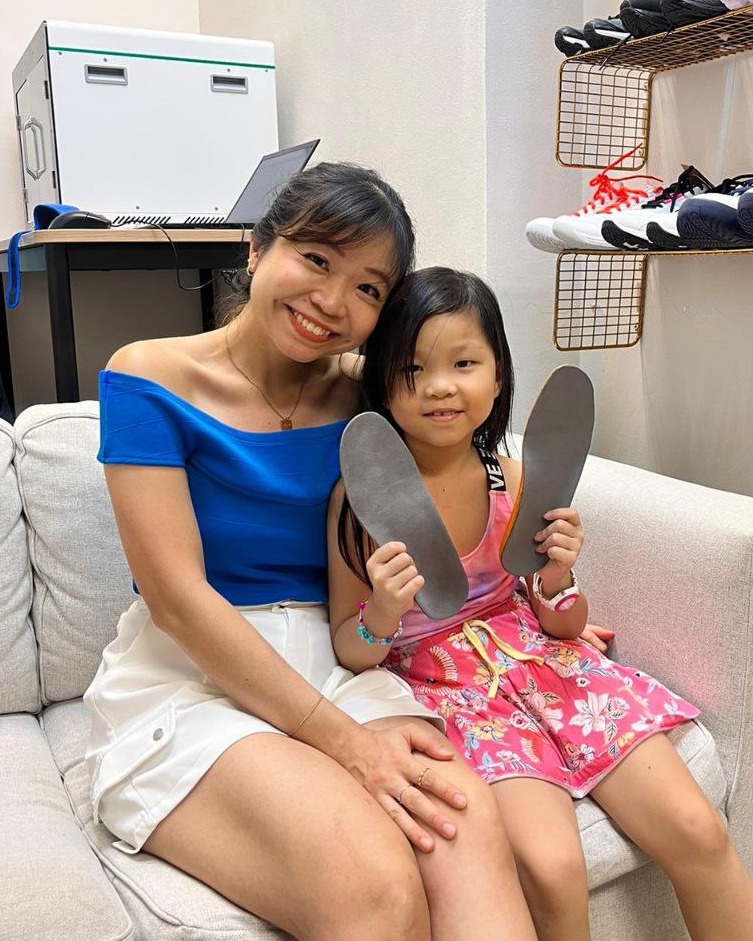How Does Bunion Corrector Work? A Complete Guide
Introduction
If you’re struggling with bunions, you’ve probably asked: how does bunion corrector work? Bunions, also known as hallux valgus, occur when the big toe joint drifts inward, creating a bony bump on the side of the foot. They can be painful, affect walking, and make wearing shoes difficult.
Many people turn to bunion correctors as a non-surgical option to reduce discomfort and slow down progression. But do they really work? In this article, we’ll explore how bunion correctors function, their effectiveness, pros and cons, and alternatives if you’re trying to avoid surgery.
What Is a Bunion Corrector?
A bunion corrector is a device designed to realign the big toe, reduce pressure on the bunion joint, and provide pain relief. They come in different forms:
- Splints – worn overnight to gently reposition the toe.
- Toe spacers – soft silicone or gel inserts that separate the toes.
- Bunion sleeves – fabric supports that cushion the bunion inside shoes.
- Orthotic insoles – provide arch support and reduce stress on the forefoot.
How Does Bunion Corrector Work?
Bunion correctors work by:
- Realigning the toe
- Splints and spacers apply gentle force to push the big toe into a straighter position.
- This reduces pressure on the bunion joint and prevents further inward drift.
- Reducing pain and friction
- Sleeves and cushions create a barrier between the bunion and footwear.
- This minimizes rubbing, blisters, and inflammation.
- Improving weight distribution
- Orthotic insoles correct poor foot mechanics, such as overpronation.
- This relieves stress on the bunion and the surrounding ligaments.
- Slowing progression
- While bunion correctors cannot reverse a bunion, they may delay worsening and improve day-to-day comfort.
Benefits of Using Bunion Correctors
- Non-invasive alternative to surgery
- Affordable and accessible
- Reduces pain during walking or standing
- Can be worn discreetly with shoes or at night
- Provides temporary toe alignment
Limitations of Bunion Correctors
- They do not cure bunions
- Realignment is temporary; toes return to position when device is removed
- Effectiveness varies depending on bunion severity
- Requires consistent, long-term use for noticeable relief
Comparison Table: Bunion Corrector Options
| Type of Corrector | Price Range | Effectiveness | Comfort | Accessibility | Reviews | Best For |
|---|---|---|---|---|---|---|
| Splints | $20 – $50 | Moderate (night use only) | Medium | Widely available online & pharmacies | Mixed | Day and Night correction, mild bunions |
| Toe Spacers | $10 – $30 | Mild relief | High | Easy to buy, travel-friendly | Good | Daily wear inside shoes |
| Bunion Sleeves | $15 – $40 | Mild cushioning | Very High | Highly accessible | Positive | Reducing shoe friction |
| Orthotic Insoles | $60 – $150+ | High (pain relief, posture support) | Medium | Available in clinics & specialty stores | Strong | Long-term support & prevention |
Who Should Use a Bunion Corrector?
- Individuals with early-stage bunions
- Those seeking temporary pain relief
- People who want to delay surgery
- Anyone with discomfort in shoes due to bunion pressure
Alternatives to Bunion Correctors
If correctors aren’t enough, consider:
- Custom orthotics – prescribed by a podiatrist for long-term biomechanical correction.
- Physical therapy – exercises to strengthen foot muscles.
- Proper footwear – wide-toe box shoes to reduce pressure.
- Surgery (bunionectomy) – the only permanent solution for severe bunions.
Other Articles
- FeetCare bunion correctors, best insoles for plantar fasciitis, and custom insoles Singapore.
- American Orthopaedic Foot & Ankle Society and Mayo Clinic bunion overview.
Frequently Asked Questions (FAQ)
1. Do bunion correctors really work?
They provide pain relief and temporary realignment but cannot permanently reverse bunions.
2. Can bunion correctors avoid surgery?
For mild to moderate bunions, they may delay progression and help you avoid surgery for years. Severe bunions typically require surgical correction.
3. How long should I wear a bunion corrector daily?
Most can be worn overnight or for a few hours daily. Follow the product’s instructions for best results.
4. Are bunion correctors safe?
Yes, they are non-invasive and safe. However, consult a podiatrist if you experience increased pain or swelling.
5. Can children or teens use bunion correctors?
Yes, especially if bunions run in the family, but professional assessment is recommended.
Conclusion & Call to Action
So, how does bunion corrector work? It gently realigns the toe, reduces pain, and improves comfort, but it does not permanently cure bunions. For mild to moderate cases, bunion correctors can be an effective part of daily management, especially when combined with proper footwear and orthotics.
If you’re looking to ease discomfort and avoid surgery for as long as possible, try a bunion corrector today. Explore our FeetCare bunion corrector collection or book a consultation to find the best option for your foot health.
👉 Take the next step toward bunion relief – contact us now!




